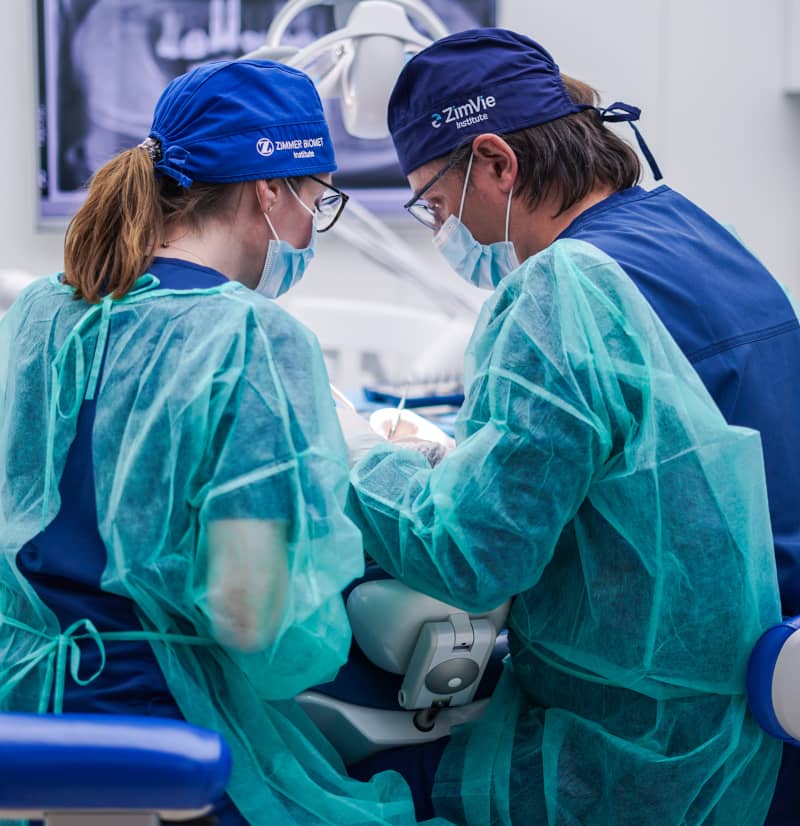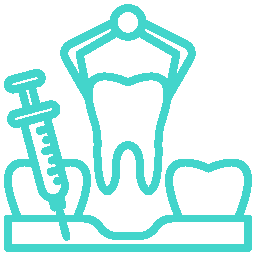Maxillary Sinus Lift in Mallorca
Do you need a dental implant?
Ask us for an appointment with free check-up and diagnosis
Whether you want to start treatment or request information, you are in the right place. Leave us your details and we will contact you within three hours.

What is sinus lift?
Maxillary sinus lift technique
Depending on the diagnosis and the treatment plan personalised by the implantology specialist, one of two main techniques can be chosen for maxillary sinus lift, with the aim of bone grafting in the upper arch:
This technique is based on the Cadwell-Luc protocol, originally used in Otolaryngology. It involves a lateral incision in the upper jaw to lift the sinus membrane (Schneider’s membrane) and place a calcium hydroxyapatite graft, which acts as artificial bone. After surgery, it is necessary to wait about 7 months for the graft to integrate with the natural bone before placing the titanium implant. However, if the patient has sufficient bone height, it is possible to place the implant immediately after surgery.
Postoperative and Recovery Time after maxillary sinus surgery.
The success rate of sinus lift is very high, but it is normal to experience swelling in the treated area, which usually subsides in 7 to 10 days. To ensure optimal recovery, it is essential to follow this post-operative care:
- Wait 2 hours before eating or drinking.
- Avoid rinsing your mouth or brushing your teeth for the first 24 hours.
- Follow a soft, cold diet as directed by the specialist.
- Take prescribed medication and apply ice for 2 hours to the area.
- Reduce or eliminate smoking, if applicable.
Frequently asked questions about maxillary sinus augmentation
Our implantology specialists in Mallorca
Dr. Emilio Martínez-Almoyna Rifá
Periodontics and postgraduate degree in Implantology.
Bachelor's degree in Medicine and Dentistry and Master's degree in Aesthetic Medicine. University expert in Periodontology and postgraduate degree in Implantology.
Dra. Maria Morro
Specialist in dental prosthetics.
Bachelor's degree in Dentistry and Master's degree in Paediatric Dentistry and Dentofacial Orthopaedics. Specialist in Cosmetic Dentistry and Dental Prosthetics.







